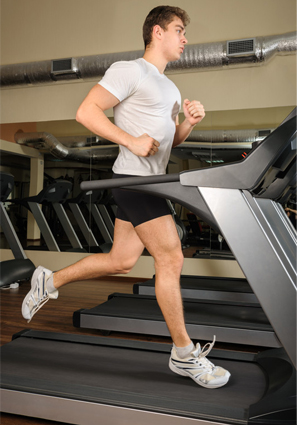 Losing those extra few pounds is not just about dieting. You need to burn more calories than you eat or drink and this is almost impossible without regular exercise. Moreover, once you achieve your ideal weight, exercising and staying physically active are important to maintain the outcome in the long run.
Losing those extra few pounds is not just about dieting. You need to burn more calories than you eat or drink and this is almost impossible without regular exercise. Moreover, once you achieve your ideal weight, exercising and staying physically active are important to maintain the outcome in the long run.
When it comes to exercise, you need to be focused. Knowing about how much to exercise, choosing the right option for your specific concerns, and having a good understanding of the potential benefits is necessary to put in the right effort and to stay motivated. What makes exercise special in the weight loss plan is that not only helps burn calories and build muscles, but also lowers stress, prevents disease, and improves your overall wellbeing.
The idea of a perfect weight loss plan is to burn more calories than you consume and shed of pounds. It’s not a good idea to cut down 500 calories from your daily food intake. Instead cut down 250 calories in your diet and exercise away the remaining 250 calories.
Daily Activities Count
Exercising doesn’t mean just gym sessions and purposefully planned activities – daily activities count. Cleaning the house, taking the stairs instead of the elevator, gardening, cooking, shopping, walking to and from work, and outdoor games, all keep you physical active.
When it comes to exercise, ask your doctor about what would be ideal for you. The Centers for Disease Control and Prevention (CDC) recommend that healthy adults take up two hours and 30 minutes of moderate aerobic activity a week. This includes brisk walking, using the elliptical machine or swimming. Another recommended option is one hour and 15 minutes of vigorous aerobic activity such as running or cycling a week. In addition, strength-training exercises, say at least twice a week would boost up the process.
Walk Away Those Pounds
Walking is undoubtedly the best exercise, an option you can take up wherever you are – at the local mall, in the neighborhood, while on vacation, during breaks at the workplace, at waiting stations, and more. It is a natural mood elevator and reduces blood pressure and your risk for type 2 diabetes. Start off with five minutes of slow walking to warm up your muscles and then gradually increase your speed. You can make things more effective by challenging yourself every week or two by changing patterns and introducing ‘hurdles’. However, make sure that you wear comfortable shoes and clothing to improve the walking experience.
Trekking, biking, running, jogging, swimming, dancing, skating, skiing or playing basketball, volleyball, soccer and tennis are enjoyable ways to stay fit.
By making exercise a daily part of your life, you can maintain your weight, ward off chronic diseases and age gracefully.